- Home
- Articles
- Architectural Portfolio
- Architectral Presentation
- Inspirational Stories
- Architecture News
- Visualization
- BIM Industry
- Facade Design
- Parametric Design
- Career
- Landscape Architecture
- Construction
- Artificial Intelligence
- Sketching
- Design Softwares
- Diagrams
- Writing
- Architectural Tips
- Sustainability
- Courses
- Concept
- Technology
- History & Heritage
- Future of Architecture
- Guides & How-To
- Art & Culture
- Projects
- Interior Design
- Competitions
- Jobs
- Store
- Tools
- More
- Home
- Articles
- Architectural Portfolio
- Architectral Presentation
- Inspirational Stories
- Architecture News
- Visualization
- BIM Industry
- Facade Design
- Parametric Design
- Career
- Landscape Architecture
- Construction
- Artificial Intelligence
- Sketching
- Design Softwares
- Diagrams
- Writing
- Architectural Tips
- Sustainability
- Courses
- Concept
- Technology
- History & Heritage
- Future of Architecture
- Guides & How-To
- Art & Culture
- Projects
- Interior Design
- Competitions
- Jobs
- Store
- Tools
- More
Unveiling the Design Secrets of Zaha Hadid: Innovation, Inspiration, and Legacy
When we think of groundbreaking architecture, Zaha Hadid's name inevitably comes to mind. Her futuristic designs and bold structures have redefined skylines across the globe. But what makes her work so uniquely captivating?

When we think of groundbreaking architecture, Zaha Hadid‘s name inevitably comes to mind. Her futuristic designs and bold structures have redefined skylines across the globe. But what makes her work so uniquely captivating?
In this article, we’ll delve into the design secrets that set Hadid apart from her contemporaries. From her innovative use of geometry to her visionary approach to urban spaces, we’ll uncover the elements that made her a true icon in the world of architecture. Join us as we explore the genius behind Zaha Hadid’s most iconic creations.

Table of Contents
ToggleEarly Life and Education of Zaha Hadid
Zaha Hadid was born on October 31, 1950, in Baghdad, Iraq. Her father, Mohammed Hadid, was a wealthy industrialist and leader in the Iraqi National Democratic Party, and her mother, Wajiha Sabunji, was an artist. Zaha’s upbringing in an intellectual and progressive environment crafted her early worldview and inspired her passion for innovation.
In the 1960s, she attended boarding schools in England and Switzerland, exposing her to diverse cultures and ideas. Moving to London in 1972, she enrolled at the Architectural Association School of Architecture (AA). At AA, she studied under influential figures like Rem Koolhaas and Elia Zenghelis. This period was pivotal, as it shaped her approach to design.
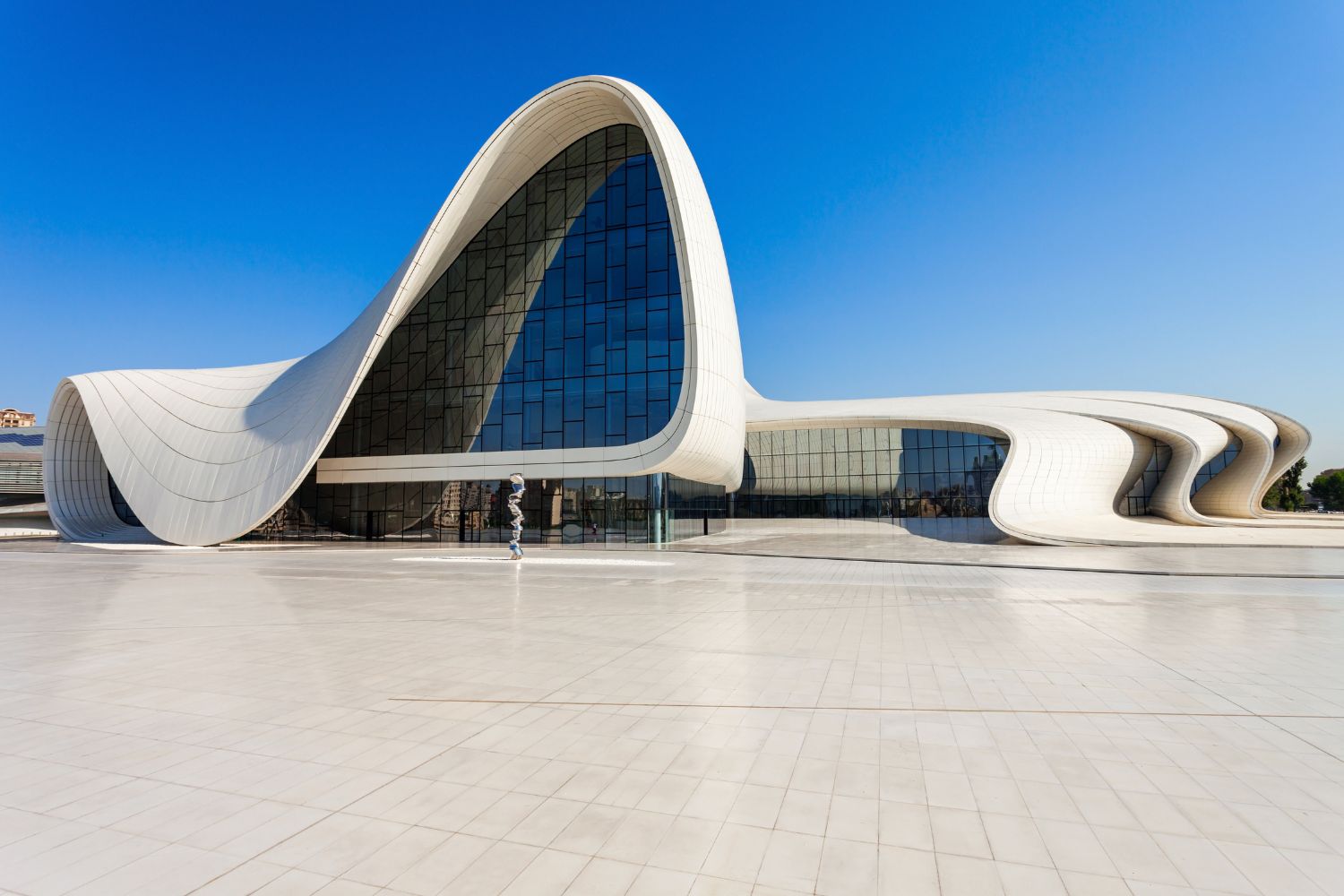
Hadid’s graduation project, “Malevich’s Tektonik,” drew attention for its unconventional forms and geometric rigor. During this time, she delved into the Russian Avant-Garde, which profoundly influenced her architectural style. By embracing bold geometric shapes and spatial experimentation, she sought to challenge traditional architecture.
In 1977, she joined the Office for Metropolitan Architecture (OMA), founded by Koolhaas and Zenghelis. These early experiences, collaborations, and her academic foundation paved the way for her illustrious career as an innovative architect.
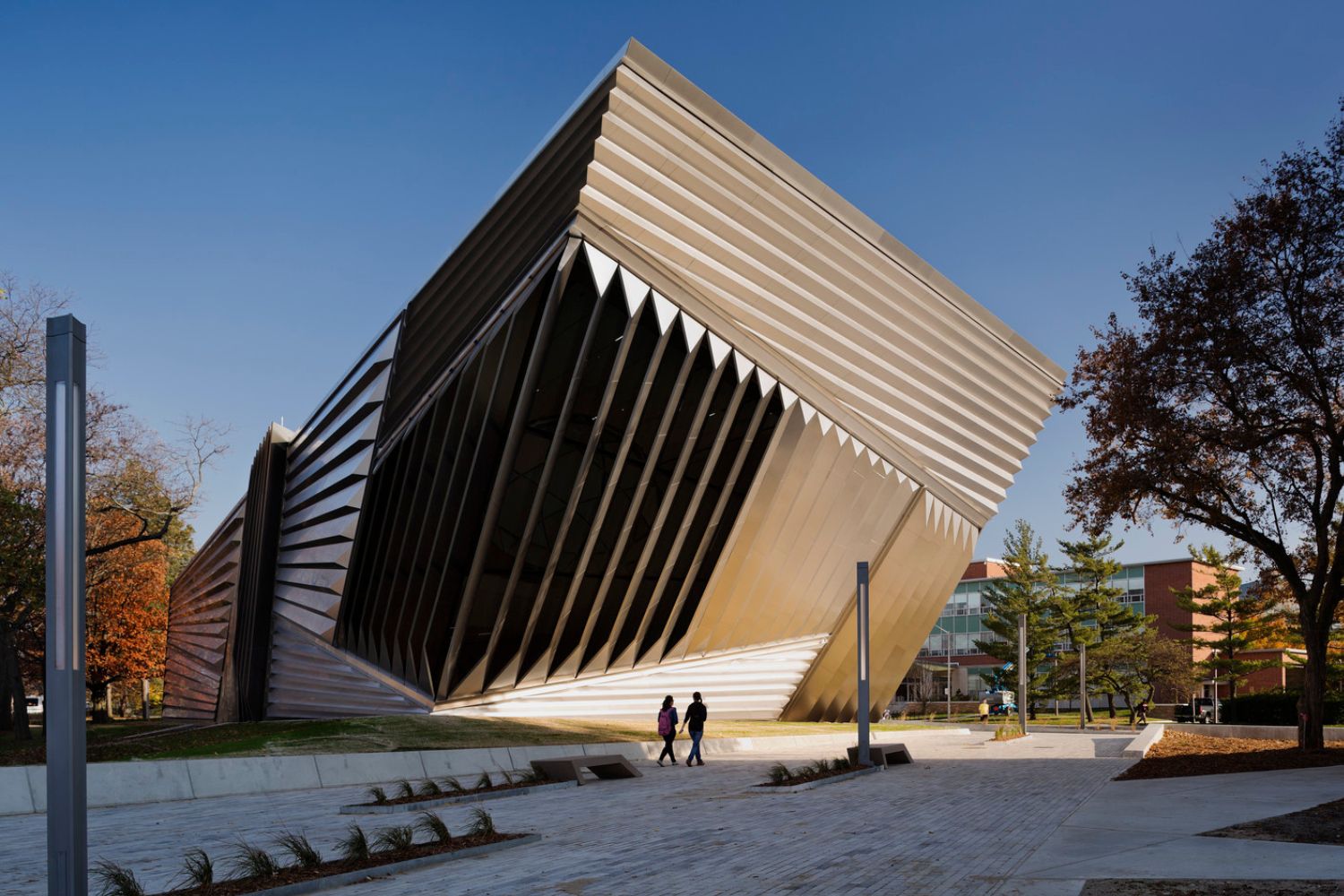
Inspiration Behind Hadid’s Iconic Style
Zaha Hadid’s architectural style is a testament to her unique vision and creative influences. Her designs always pushed the boundaries of conventional architecture.
Influence of Abstract Art
Hadid’s fascination with abstract forms deeply influenced her architectural work. She drew inspiration from Russian Constructivism and Suprematism, movements that emphasized geometric abstraction. Kazimir Malevich‘s work, for example, significantly shaped her approach. She often transformed these abstract principles into dynamic architectural forms, creating buildings that seem to defy gravity. Through her innovative use of fragmented geometry, she created structures that challenged traditional perceptions of space and form.
Integration of Nature and Geography
Nature and geography played vital roles in Hadid’s design philosophy. She frequently incorporated the fluidity and organic forms found in nature into her projects. For instance, the design of the Guangzhou Opera House mimics the pebbles smoothed by river currents. This approach allowed her to create buildings that resonate with their surroundings while standing out as unique landmarks. By blending natural elements with cutting-edge technology, she achieved a harmonious balance between built structures and their environments. This integration showcases Hadid’s ability to merge the natural world with the man-made, creating architecture that feels both futuristic and grounded.
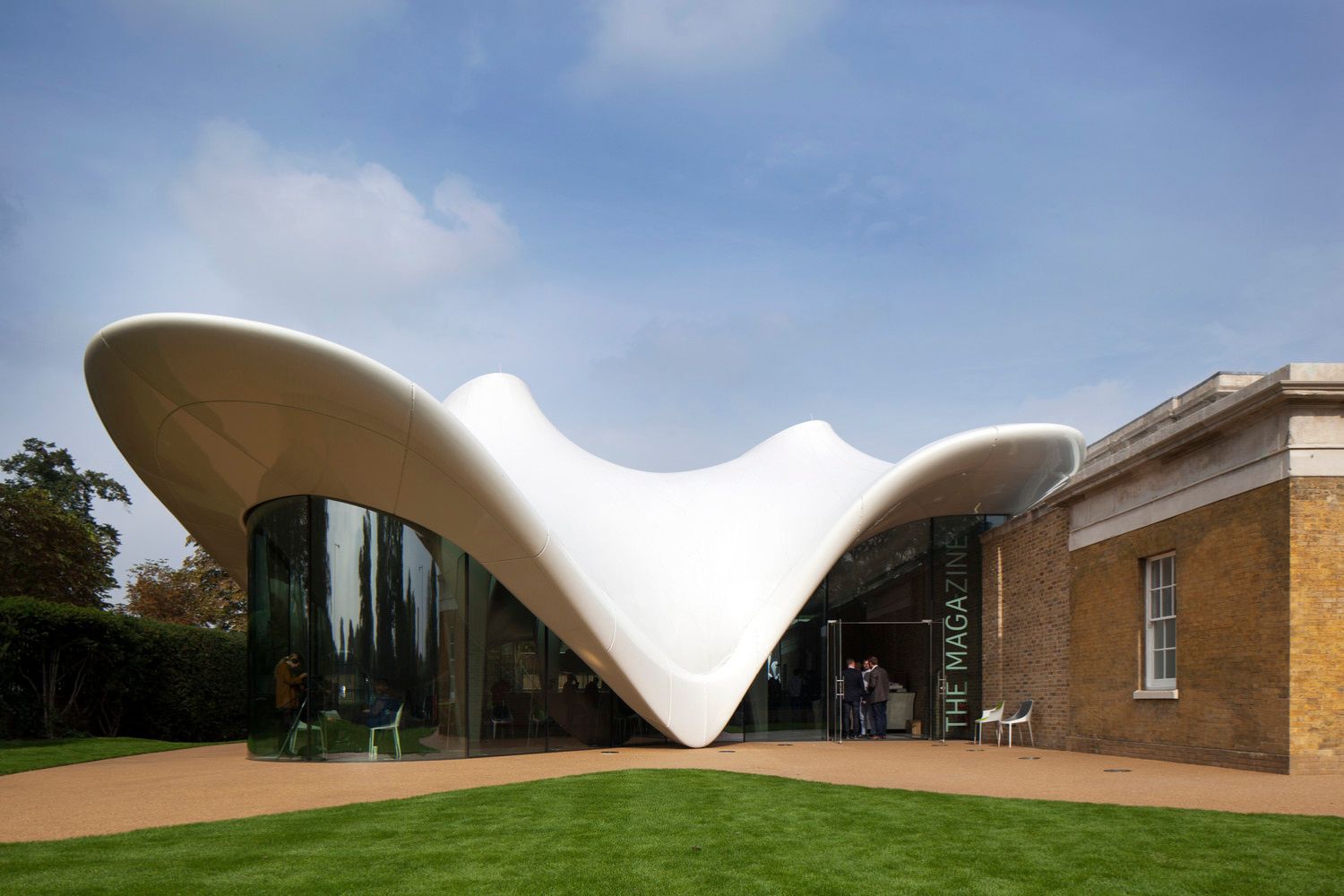
Pioneering Techniques in Architecture
Zaha Hadid transformed the architectural landscape with her innovative techniques, blending technology and creativity to redefine what’s possible. Her approach introduced groundbreaking methods that set new standards in the industry. Her designs are amongst the most recognizable on the world stage,” says Shaz Maharaullee, Director of The Furniture People. “Her designs are an inspiration to architects & designers everywhere.
Use of Parametric Design
We recognize Hadid’s extensive use of parametric design, which allows for the creation of complex, fluid forms. This method employs algorithms and computational processes to generate designs, enabling the precise manipulation of parameters like curvature, volume, and surface. For example, the Heydar Aliyev Center in Baku showcases seamless curves and undulating surfaces made possible by parametric tools.
Innovations in Structural Engineering
Hadid’s work also features significant advancements in structural engineering. She frequently collaborated with engineers to push the limits of materials and construction methods. The London Aquatics Centre exemplifies this, incorporating an innovative wave-like roof structure, which required meticulous engineering to achieve both aesthetic and functional goals.
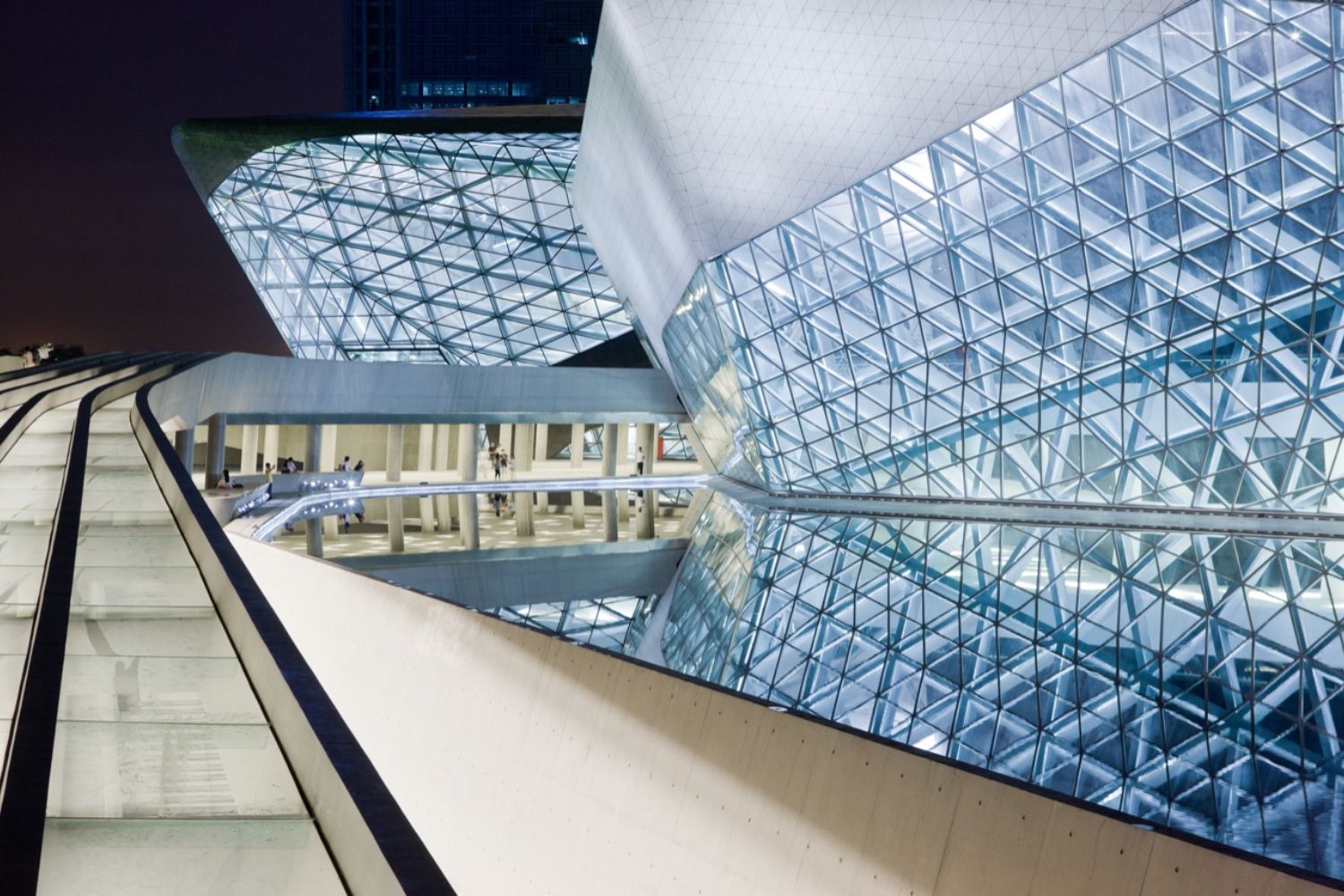
Signature Projects and Their Impact
Zaha Hadid’s architectural prowess is perhaps best demonstrated through her signature projects, which have left a lasting impact on the field of design. We explore some of her most iconic works that redefine architectural norms.
The Heydar Aliyev Center in Azerbaijan
The Heydar Aliyev Center, located in Baku, epitomizes Hadid’s fluid, dynamic style. The building’s curved forms, devoid of sharp angles, create a seamless transition between the plaza and the structure. Its design, relying heavily on parametric modeling methods, showcases complex geometries that wouldn’t have been possible without advanced computational design techniques. Serving as a cultural hub, it includes a museum, auditorium, and gallery spaces, contributing significantly to Azerbaijan’s cultural landscape. The innovative use of glass fiber-reinforced concrete and steel allowed for the creation of its undulating form, demonstrating significant advancements in material engineering.
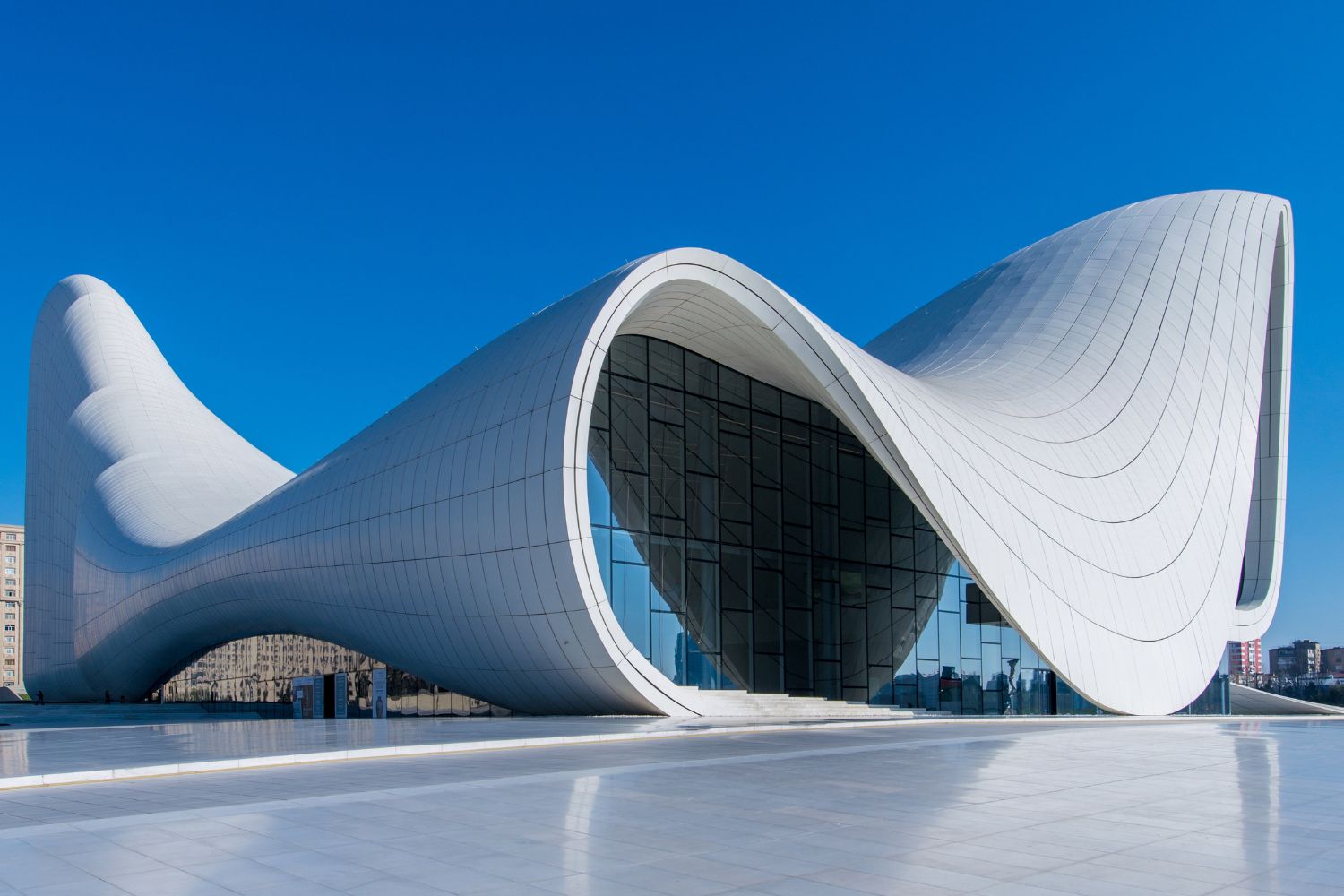
London Aquatics Centre
The London Aquatics Centre, constructed for the 2012 Olympics, stands as a testament to Hadid’s ability to merge aesthetics with functionality. The wave-like roof, inspired by the fluidity of water, is a striking feature that required meticulous structural engineering to achieve. Designed to seat 17,500 spectators during the Olympics, the structure seamlessly transitioned to a smaller capacity post-Games, showcasing its versatility. The building’s design also emphasized sustainability, incorporating features like natural ventilation and extensive use of daylight, reflecting Hadid’s commitment to environmentally conscious design.
These projects not only illustrate Hadid’s signature style but also highlight her contributions to advancing architectural techniques and materials, leaving a lasting impact on the built environment.

Challenges and Achievements
Zaha Hadid faced numerous challenges throughout her career. However, her perseverance and talent led to a series of remarkable achievements that revolutionized architecture.
Overcoming Industry Barriers
Hadid often encountered significant resistance in a traditionally male-dominated industry. Early in her career, many considered her designs radical and impractical. Despite these setbacks, she persisted and proved critics wrong through her innovative work. For example, her Vitra Fire Station project showcased her visionary approach and broke conventional architectural norms, paving the way for future opportunities.
Awards and Recognition
Zaha Hadid’s groundbreaking work didn’t go unnoticed. In 2004, she became the first woman to receive the Pritzker Architecture Prize, one of the highest honors in the field. Her accolades also include the Stirling Prize in 2010 and 2011 for the MAXXI Museum in Rome and the Evelyn Grace Academy in London, respectively. Additionally, she received the Royal Institute of British Architects’ Gold Medal in 2016, recognizing her as a world-renowned architect.
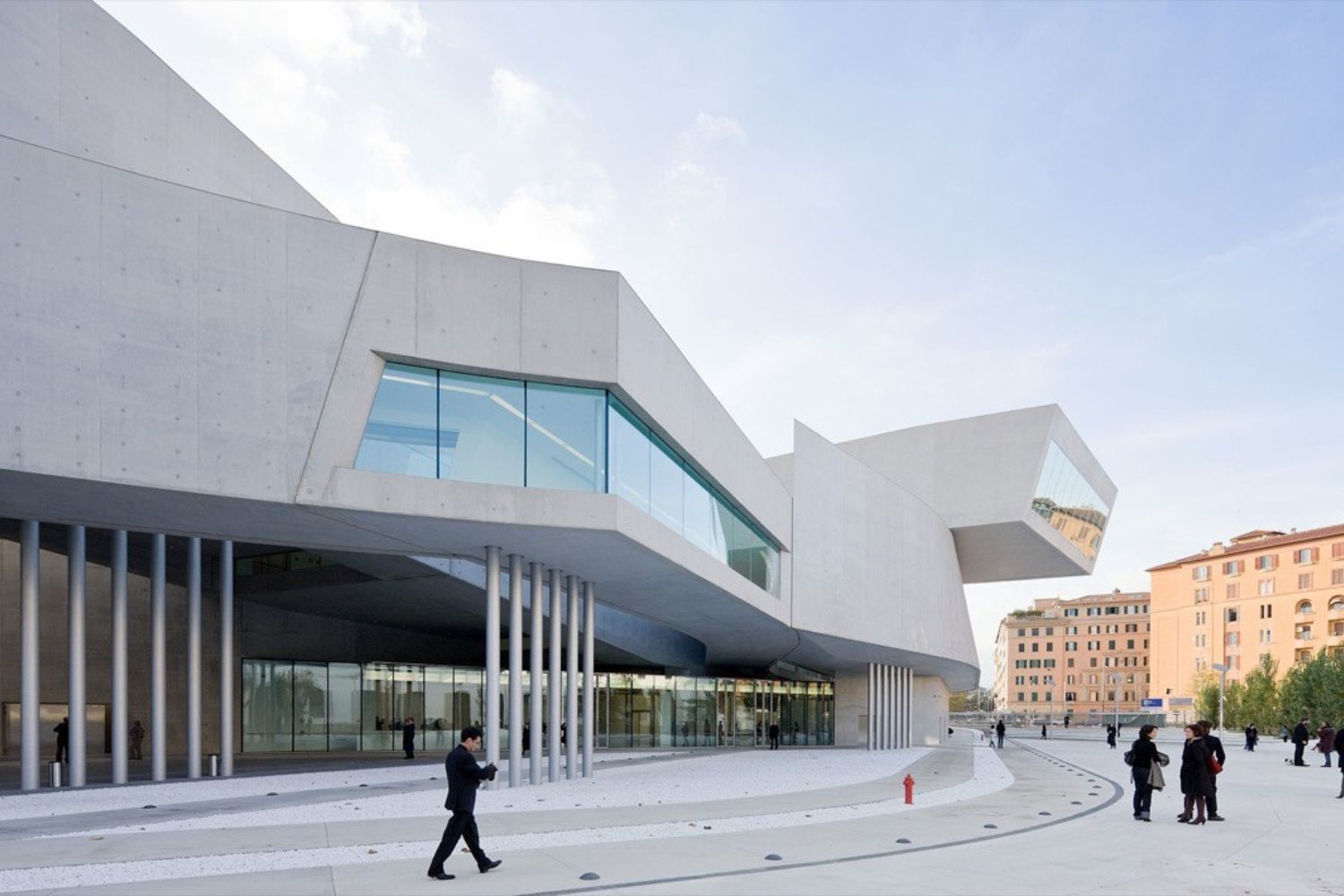
Conclusion
Our exploration of Zaha Hadid’s extraordinary journey reveals the indelible mark she left on architecture. Her early fascination with abstract art and nature translated into revolutionary designs. Projects like the Heydar Aliyev Center and the London Aquatics Centre showcase her command of parametric design and structural engineering.
We see her ability to blend technology and creativity, reimagining architectural norms. Challenges in a male-dominated field couldn’t deter her; visionary works like the Vitra Fire Station testify to her resilience. Awards including the Pritzker Architecture Prize, Stirling Prize, and RIBA Gold Medal recognize her groundbreaking achievements.
Zaha Hadid’s enduring legacy teaches us the power of innovation and perseverance. Her pioneering spirit continues to inspire architects globally, setting new benchmarks in design.
- architectural genius
- Architectural Innovation
- architectural legacy
- architectural pioneer
- Famous Architects
- Innovative Architecture
- Modern Architecture
- Unveiling the Design Secrets of Zaha Hadid
- Zaha Hadid architectural philosophy
- Zaha Hadid architecture
- Zaha Hadid buildings
- Zaha Hadid design
- Zaha Hadid design secrets
- Zaha Hadid futuristic forms
- Zaha Hadid iconic buildings
- Zaha Hadid innovation
- Zaha Hadid inspiration
- Zaha Hadid legacy
- Zaha Hadid parametric design
- Zaha Hadid pioneering architecture
- Zaha Hadid projects
- Zaha Hadid style analysis
3 Comments
Submit your architectural projects
Follow these steps for submission your project. Submission FormLatest Posts
8 Essential Web-Based Mapping Tools for Modeling Sea Level Rise and Flood Impacts
As climate change accelerates, flood risk and sea level rise have become...
How Sydney’s Architecture Responds to Climate, Light, and Lifestyle
Sydney’s architecture has never been driven by form alone. It evolves through...
Shipping Containers as Functional Infrastructure on Construction Sites
Construction sites are temporary by definition, yet the systems that support them...
Understanding Site Safety Footwear in Architectural Practice
Architecture is often discussed through drawings, models, and finished buildings, yet a...












Zaha Hadid did some interesting things in architecture. It’s nice to see how her background influenced her designs.
The article gives a decent overview of Zaha Hadid’s work. I didn’t know she faced so many challenges in her career.
Hadid’s designs are unique, and it’s cool that she used nature as inspiration. The projects mentioned sound impressive.